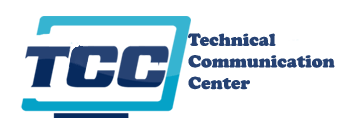WEBINAR: Plain Language Writing Techniques for Better Technical Communication
https://lnkd.in/gz36frFK Wednesday, 19 January 2022; 1:00 to 2:00 PM Eastern time (GMT-5) Convoluted writing stuffed with abstract nouns and verbs, run-on sentences, and nominalizations is one of the major culprits of costly communications failure. Such writing usually leads to unnecessary follow-up emails or phone calls and seriously degrades office and project productivity. This webinar teaches…
Read More7 Benefits of Joining a Writers Group
“If you want to be a writer, you must do two things above all others: read a lot and write a lot.”— Stephen King A writers group can help writers stay motivated and accountable. It is easy to get lost in the world of self-doubt and writer’s block. A writer’s group provides support, encouragement, feedback,…
Read MoreHow to Write a Scope Document in Technical Documentation
What is a Scope Document? A scope document is one of those fundamental documents that define and guide any major project. As a technical writer you may be asked to write one, in close coordination with the project management, for various clients. In terms of its strategic abstraction, the scope comes right after the VISION…
Read More2 Important Ways to Steer Your Readers
There are many times when while writing a procedure you’ll have to steer a reader in one direction or another. There are two types of steering instructions in technical writing: A REFERENCE and a BRANCH statement. And both can be either CONDITIONAL or UNCONDITIONAL. I’ll give examples of each. Unconditional Reference See Chapter 8, “How to Install RX450.” (Within the same book.) Return to Chapter…
Read More